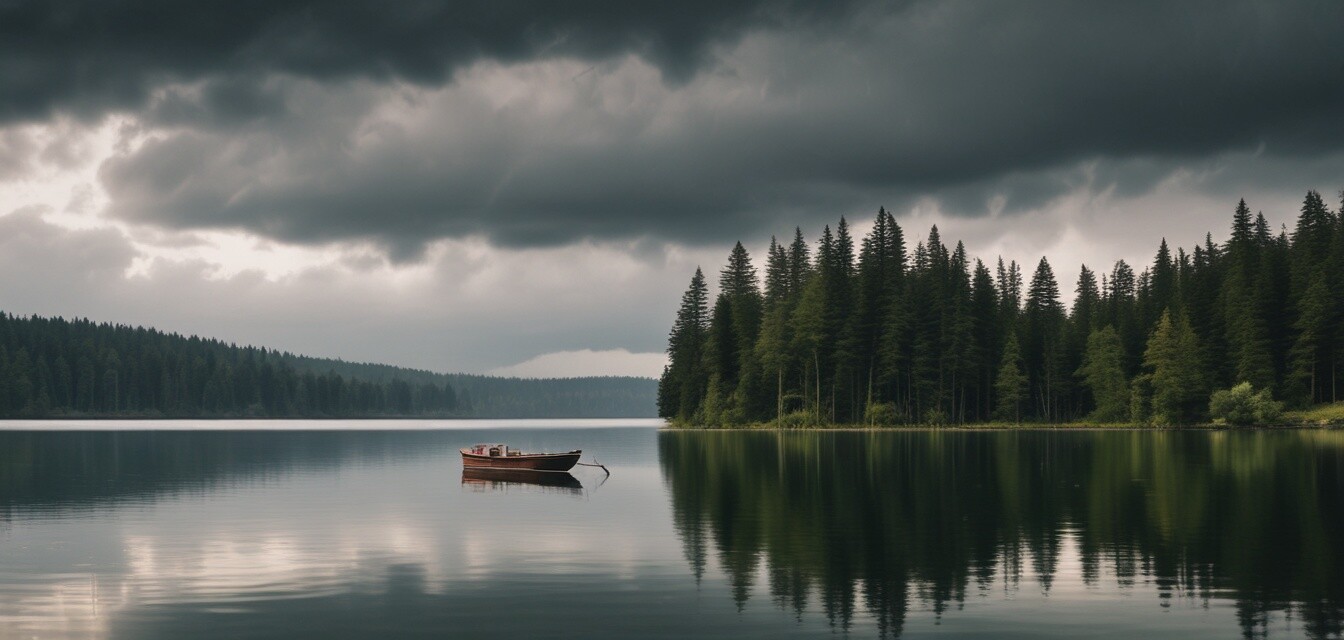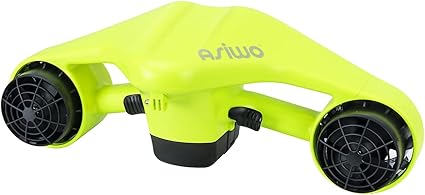
Some links on this website are affiliate links. If you make a purchase through these links, we may earn a commission or you may receive a discount, at no additional cost to you. This helps support our site.
Please also note that Artificial Intelligence (AI) may have been used in the research, content generation, and design of this website. Our aim is to enhance your experience, and we strive for accuracy and transparency in all information presented.
Preparing for unexpected weather at the lake
Key Takeaways
- Stay informed on weather forecasts and updates.
- Bring a variety of gear to adapt to sudden weather changes.
- Learn how to pack efficiently for different weather conditions.
- Prioritize safety by having emergency items on hand.
- Consider investing in waterproof gear and accessories.
When enjoying a day at the lake, the last thing anyone wants is to be caught off guard by unexpected weather. Changing conditions can turn your adventure into a challenging experience, but with the right preparation, you can stay safe and still enjoy your time on the water. In this article, we will share essential tips and tricks to help you be ready for anything nature might throw your way.
Understanding weather patterns
Before heading out, it’s crucial to understand the local weather patterns. Lakes can often have unique weather behaviors due to geographical features. Here are some signs of incoming weather to keep an eye on:
| Weather Condition | Sign |
|---|---|
| Rain | Sudden drop in temperature and dark clouds forming |
| Wind | Increased wind speeds, particularly before a storm |
| Thunderstorms | Dark, towering clouds and a noticeable drop in temperature |
| Sunshine | Clear skies indicating a stable weather condition |
Keep an eye on the forecast
Before you leave for your lake adventure, always check the weather forecast. Use reliable weather apps or websites to monitor changing conditions. Knowing what to expect can help you pack appropriately. Remember to:
- Check hourly forecasts for the most accurate predictions.
- Watch for alerts related to severe weather.
- Consider downloading apps specifically designed for lake conditions.
Packing for unpredictability
Having a well-prepared packing list can mean the difference between a delightful day and an uncomfortable experience. Here’s a checklist of items to consider bringing:
| Item | Purpose |
|---|---|
| Waterproof jackets | To protect yourself from rain and wind |
| Warm layers | To keep you comfortable if temperatures drop |
| Sun protection | Sunscreen, hats, and sunglasses to shield against UV rays |
| First-aid kit | For minor injuries and emergencies |
| Portable grill | For cooking food, in case it's too chilly to eat outside |
Emergency preparedness
Having an emergency plan in place ensures you can act quickly and safely in unpredictable weather conditions. Here are a few steps to take:
- Identify safe areas nearby, such as designated storm shelters or sturdy structures.
- Keep a portable charger for your phone in case of power outages.
- Have a designated meeting point in case your group gets separated.
Investing in the right equipment
Consider investing in gear specifically designed for water sports that can handle various weather conditions. A towable tube, for example, is a fun way to enjoy the lake. Just ensure it’s durable enough for unexpected weather changes.
Tips for staying dry and comfortable
Here are some additional tips to enhance your comfort and enjoyment while anticipating unpredictable weather:
Beginner tips
- Use a waterproof backpack to keep your belongings dry.
- Layer your clothing; this allows you to adapt to changing temperatures easily.
- Stay hydrated and fueled with snacks, even if the weather isn't ideal.
Wrapping it up
Being prepared for unexpected weather at the lake is crucial for an enjoyable outing. By understanding weather patterns, monitoring forecasts, and packing wisely, you can ensure your lake adventure remains fun, no matter the weather. Don’t forget to check out our other helpful resources like Tips and Tricks for more suggestions tailored for lake adventurers.
Pros
- Increased safety and preparedness for weather changes.
- Better enjoyment with the right gear and planning.
- Informed decisions resulting in safer adventures.
Cons
- Overpacking can lead to excess gear leading to cumbersome outings.
- Not every item may be necessary, resulting in wasted effort.
